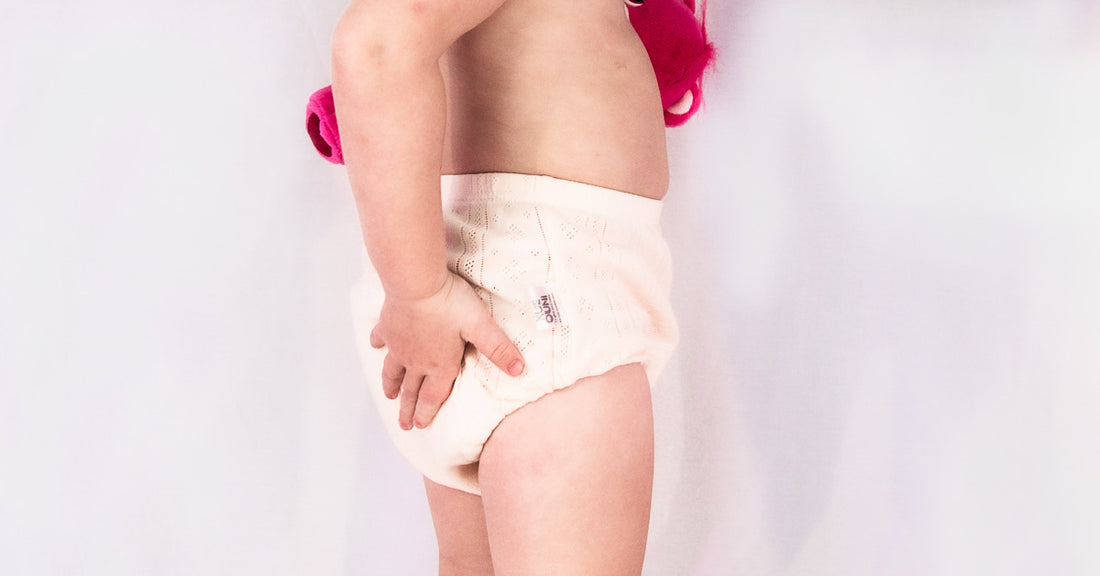Start training at 18 to 21 months if the child is showing readiness, while some experts say the sweet spot is between 30 and 33 months. All agree that after 36 months, the going gets tougher (3-year-olds are known for their intense stubbornness!)
So how do you know if your little one is ready to ditch nappies? Look out for the following signs.
- Body awareness. Your child senses the urge to have a bowel movement and often hides behind the couch or waits until they're alone to do their business.
- A desire for cleanliness. Your child dislikes sitting in a wet or soiled nappy and they might alert you when they need a nappy change.
- Muscle mastery. They can walk to the bathroom independently, pull down their pants, and sit on the potty unassisted.
- Development of a routine. Experts agree that kids are ready when they wet or soil their diaper at roughly the same times each day.
- Curiosity about the potty. Another indicator is curiosity about what happens on the potty, which can manifest as a keen interest in your bathroom habits.
Once your child shows these signs, you have the green light to give it a really good go!
Step 1: Preparing for Potty Training
It's a good idea to start prepping their child two weeks in advance by talking frequently about the coming change. "Kids need time to process," she says. "So telling them in advance is much more effective than just one day saying, 'No more nappies darling you're going to go on the potty,' which is too much all at once." Use this two-week period to introduce the vocabulary of potty going—such as what it means to be wet and dry, for example—and how you'll be getting rid of the changing table so nappy changes can take place in the bathroom
Step 2: Giving Excess Fluids
Give your child slightly more fluids than normal, in the form of water, juice, icy poles , watermelon, smoothies etc. They'll have to use the bathroom often, which helps them practice potty training.
Step 3: Sitting on the Toilet
Coax your child to listen to their body, and sit on the toilet when they know that pee or poop is coming! You'll probably have to watch your child for signs they need to use the restroom. These can be subtle and can vary depending on whether your child has to pee or poop, but they often include a pause in play, a panicked or vacant expression, sounds (such as grunting), going red in the face, or passing wind. However, every kid is different, so watch closely.
Step 4: Visiting the Bathroom
Take your child to the bathroom first thing in the morning, before and after naps, after meals, and before bedtime. Also ask your child if they need to pee or poop regularly.
Step 5: Managing Naps and Bedtime
You may be wondering how you'll manage naptime and overnights. Use pull-on nappies for sleeping—but with underwear worn over the top. You're teaching them not to go in their underwear, and often if they see underwear, it seems to trick them into not going.
Within a month of potty training, many kids will begin to stay dry for naps and overnight, provided parents remain vigilant—putting on the pull-ups and reminding to go try before bedtime and upon waking and don't forget nap time!
Step 6: Expecting Accidents
Unfortunately, into every potty-training journey, a little tinkle must fall: Almost no kids make it through this process without at least a few wet pairs of pants. But, accidents are a good thing, since they allow they child to feel wet and prompt them to ask you to take them to the toilet. Do prepare yourself for a potentially long road ahead: They're still toddlers—of course they'll have accidents so please try to be patient with this sometimes challenging time!

